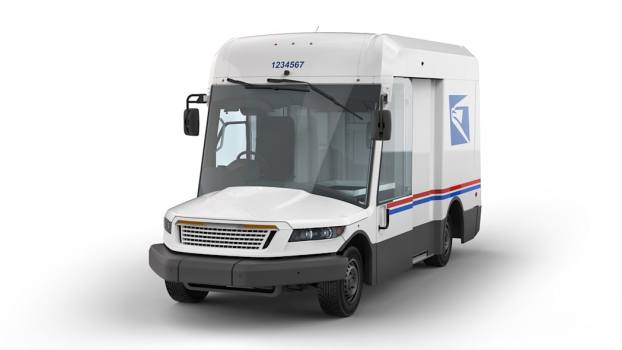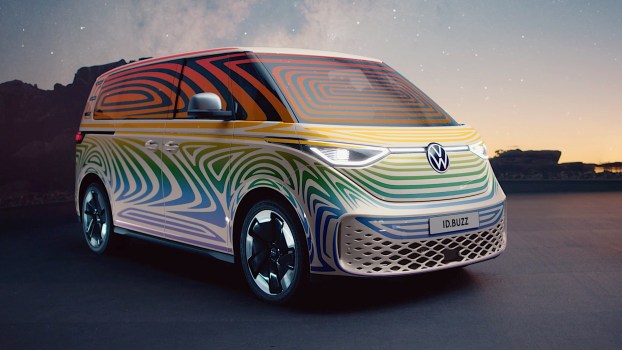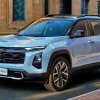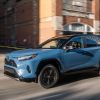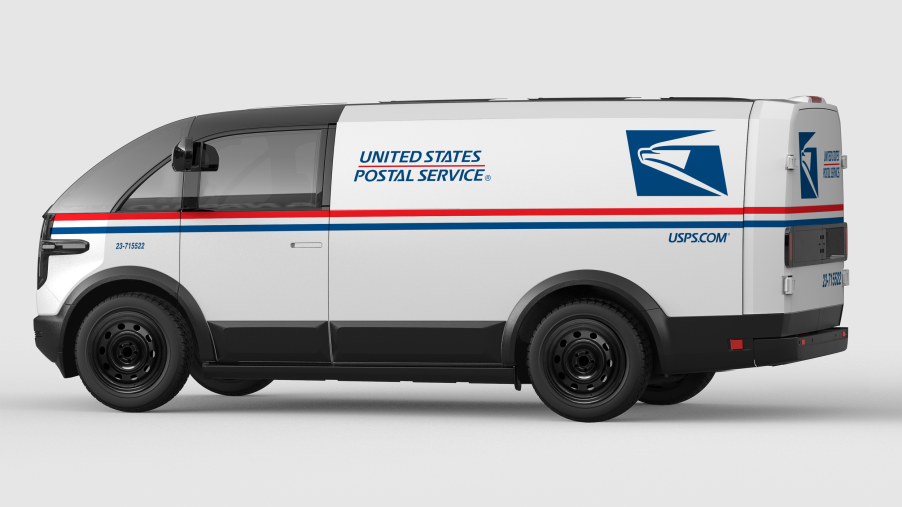
USPS Goes Electric With Canoo Delivery Vans
Hold on, USPS needs to charge one of its new delivery vans before delivering your package. That’s right, it’s going electric with the help of a few Canoo vans. Some USPS mail carriers will be hard to miss in Canoo delivery vans.
The USPS teams up with Canoo
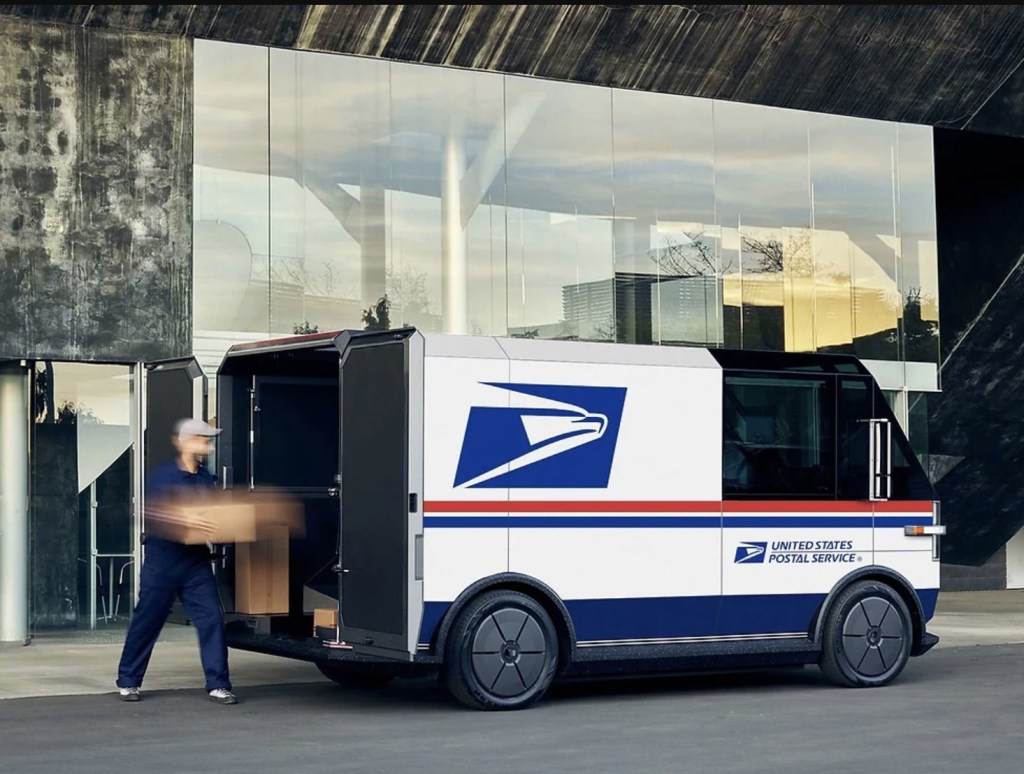
The United States Postal Service has a mission to go green while delivering precious packages and letters. That’s why the USPS just bought six right-hand Canoo LDV 190 electric vans.
They are pod-like vehicles and it’s also the Canoo lifestyle van, that may not make it to production for civilians. It’s powered by a single axle on the rear motor and generates 200 miles of range.
It can accelerate from 0 to 60 mph in a brisk 9.0 seconds. Also, the Canoo LDV 190 has a 79.0 kWh battery and can charge from 20 to 80% in about 32 minutes with a DC fast charging station.
The LDV 190 is 193.7 inches long and can carry a payload of up to 1,763 lbs. The USPS gets models with two seats and a curb weight of 4,740 lbs. They will get to enjoy the 10.2-inch infotainment screen, heated seats, and a heated steering wheel.
Canoo hasn’t shared much about this deal but mentioned that it’s honored to participate as one of the potential suppliers for the electric USPS fleet.
The USPS also purchased 9,250 Ford E-Transit vans to bridge the gap while the next-generation delivery vehicle arrives.
As part of the USPA’s mission to reduce emissions, it’s also installing 14,000 charging stations across the country.
The Ford E-Transit has a range of 126 miles, and Ford is confident that it has plenty of range for its targeted customers, including delivery personnel and tradesmen.
The E-Transit has about 226 miles of range and can replenish 30 miles of range in roughly 10 minutes with a DC fast charging station. Ford hasn’t shared the 0 to 60 time, but it has a top speed of 81 mph. It has a payload capacity of 3,880 lbs.
But what about the next-generation USPS mail truck? A contract was awarded to Oshkosh Defense. The $482 million investment is to build battery electric vehicles and low-end emission internal combustion engines.
These vehicles will have heat, air conditioning, airbags, a 360-degree camera, front/rear crash avoidance systems, and automatic emergency braking. These are extremely modern features compared to the current outdated vans that were manufactured between 1987 and 1994.
